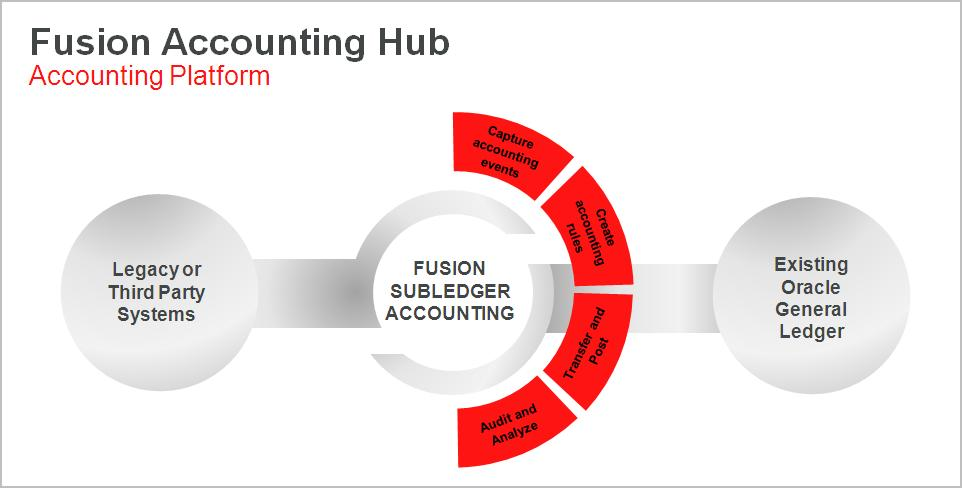Fund distribution Germany fund market is one of the largest and most dynamic in the world. With assets under management currently totalling around €15 tn and annual growth rates of around 4%, Europe offers considerable growth potential for international asset managers.
However, before entering the market, fund providers need to understand the complexity of European fund distribution in practice, as well as the diverse market requirements and legal frameworks. This article is intended to give an initial overview for international asset managers looking to enter the European market.
UCITS, AIFMD and other Regulatory Framework in European Fund Distribution
Two key regulations standardise fund distribution in Europe and make cross-border distribution easier: the UCITS Directive (Undertakings for Collective Investment in Transferable Securities) and the AIFMD Directive (Alternative Investment Fund Managers Directive). Understanding these directives is crucial. To put it in simple terms, the UCITS Directive can be seen as a ‘European passport’, enabling fund providers to distribute their funds across EU member states without additional approvals. The AIFMD, on the other hand, targets alternative investment funds (AIFs) intended for institutional and professional investors, requiring strict risk management and transparency standards.
In addition to UCITS and AIFMD, other fund forms and strategies—like hedge funds, specialised private equity funds, or specific real estate funds—do not follow these rules. There are severe limitations on the distribution of these funds in Europe because they are not UCITS or AIFMD-compliant.
Foreign providers of such strategies must rely on private placement, which differs from country to country and frequently entails significant entry restrictions. In some countries, private placement is wholly restricted, while specific approvals are required in others. Therefore, asset managers of these fund structures must thoroughly understand individual country requirements.
MiFID II: Relevance and Impact on European Fund Distribution
One of the most extensive financial rules in the EU is the Markets in Financial Instruments Directive II (MiFID II), which regulates consumer communications, investment advice, and the distribution of financial instruments. For fund distribution in the EU, compliance with MiFID II is not just a requirement but a commitment to ensuring strict transparency, fee structure, and product information standards.
The division of investors into three groups—retail, professional, and eligible counterparties—is a crucial component of MiFID II. Asset managers are responsible for making sure that their funds are marketed only to suitable investor groups and that investors are fully aware of the costs and risks involved with the product.
MiFID II also mandates that each product’s distribution strategy is documented and that all measures are in place to avoid conflicts of interest. A compliance strategy that meets MiFID II requirements is essential for asset managers who distribute their products directly or through third parties.
EU and Non-EU Fund Distribution: UK and Switzerland Particularities
When aiming for fund distribution in the European Union, asset managers from outside the EU must comply with distinct regulatory criteria. For the UK, rules changed with Brexit. British fund providers can no longer automatically distribute their funds in the EU but require specific approvals or must operate through local partners. Vice-versa, the UK’s Financial Conduct Authority (FCA) has introduced new registration and distribution requirements for investment funds, which fund providers must meet to access the UK market. This change in the regulatory landscape due to Brexit is a significant consideration for foreign asset managers planning to enter the European market.




